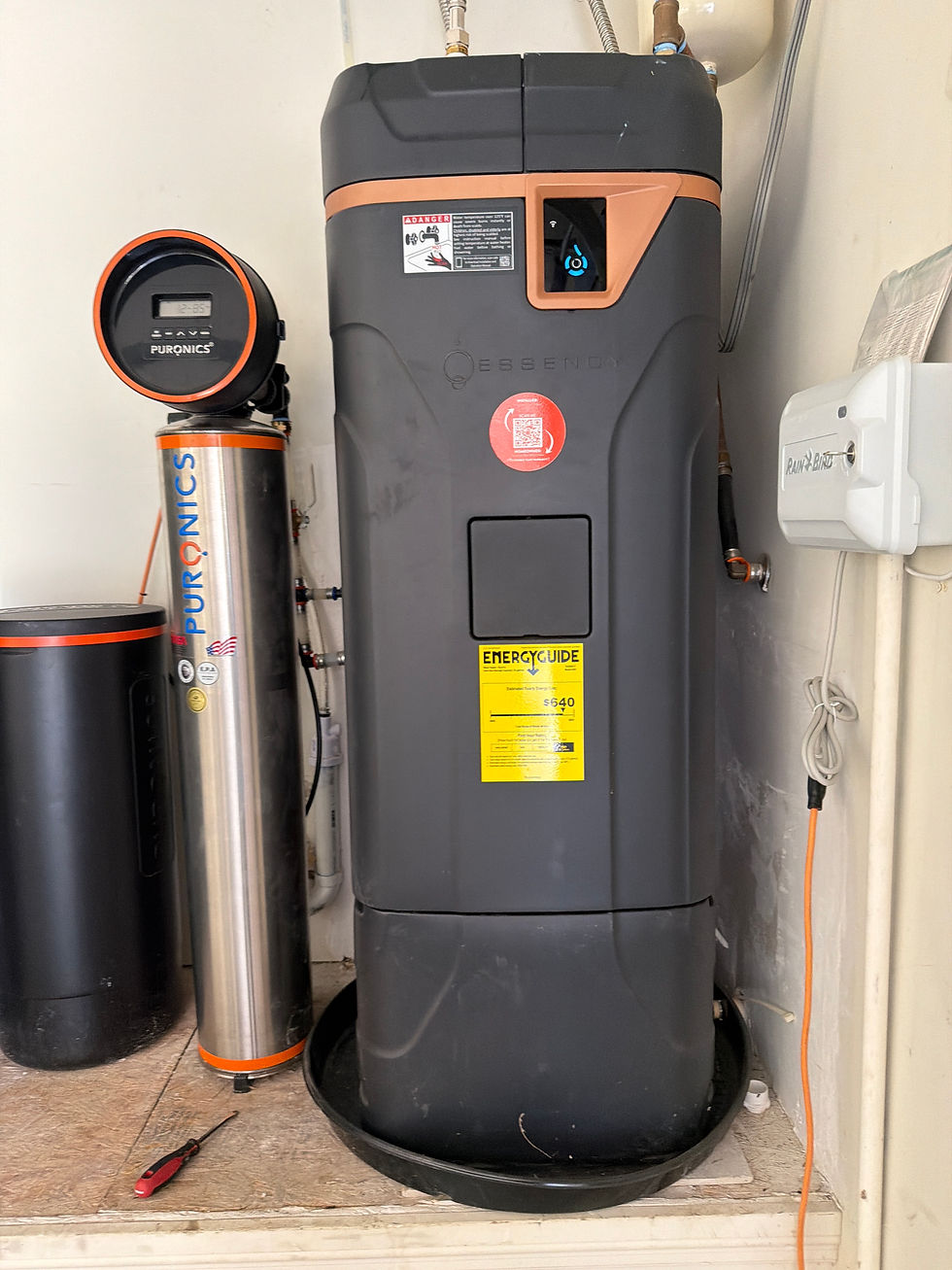Exploring Septic System Inspections: A Must-Read Guide
- inspectorbellonzi
- Sep 19
- 4 min read
When it comes to home maintenance, septic systems often get overlooked. Many homeowners do not realize the importance of regular inspections until it is too late. A failing septic system can lead to costly repairs and health hazards. This guide will walk you through the essentials of septic system inspections, why they matter, and what to expect during the process.
What is a Septic System?
A septic system is an underground wastewater treatment structure. It is commonly used in rural areas where centralized sewer systems are not available. The system consists of a septic tank and a drain field. Wastewater from your home flows into the tank, where solids settle at the bottom. The liquid effluent then flows into the drain field for further treatment.
Why Are Inspections Important?
Regular inspections are crucial for maintaining the health of your septic system. Here are some key reasons why you should prioritize inspections:
Prevent Costly Repairs: Early detection of issues can save you money in the long run. Fixing a small problem is much cheaper than dealing with a complete system failure.
Protect the Environment: A malfunctioning septic system can contaminate groundwater and nearby water sources. Regular inspections help ensure that your system is functioning properly.
Health and Safety: A failing septic system can pose health risks to your family and neighbors. Regular inspections help prevent sewage backups and leaks.
When Should You Schedule an Inspection?
It is recommended to have your septic system inspected at least once every three years. However, certain situations may require more frequent inspections:
New Home Purchase: If you are buying a home with a septic system, have it inspected before closing the deal.
Signs of Trouble: If you notice slow drains, foul odors, or wet spots in your yard, schedule an inspection immediately.
After Heavy Rain: Heavy rainfall can affect the performance of your septic system. It is wise to have it checked after significant weather events.
What to Expect During an Inspection
Understanding what happens during a septic system inspection can help ease any concerns. Here is a step-by-step overview of the process:
Visual Inspection: The inspector will start with a visual assessment of the system. They will look for signs of damage, such as cracks in the tank or issues with the drain field.
Tank Pumping: The inspector may pump out the septic tank to check for sludge and scum levels. This helps determine if the tank needs to be pumped.
Drain Field Assessment: The inspector will evaluate the drain field for proper drainage and any signs of failure, such as pooling water.
System Functionality: The inspector will run water through the system to ensure it is functioning correctly. They will check for any leaks or backups.
Report and Recommendations: After the inspection, you will receive a report detailing the condition of your septic system. The inspector will provide recommendations for maintenance or repairs if needed.
Common Issues Found During Inspections
During inspections, several common issues may arise. Being aware of these can help you take preventive measures:
Clogged Pipes: Over time, pipes can become clogged with grease, hair, and other debris. Regular inspections can help identify and clear these blockages.
Tree Roots: Tree roots can invade septic systems, causing damage to pipes and tanks. If you have large trees near your system, consider having them trimmed or removed.
Leaking Tanks: A leaking septic tank can lead to environmental contamination. If leaks are detected, immediate repairs are necessary.
Drain Field Problems: Issues with the drain field can lead to sewage backups. Signs include soggy areas in your yard or foul odors.
Maintenance Tips for Your Septic System
To keep your septic system in good working order, follow these maintenance tips:
Regular Pumping: Have your septic tank pumped every three to five years, depending on usage.
Mind Your Water Usage: Avoid overloading your system with excessive water. Spread out laundry and dishwashing to prevent strain on the system.
Use Biodegradable Products: Choose septic-safe cleaning products to minimize the impact on your system.
Avoid Flushing Non-Biodegradable Items: Items like wipes, feminine hygiene products, and grease can clog your system. Dispose of them properly.
Hiring a Professional Inspector
Choosing the right professional for your septic system inspection is crucial. Here are some tips for finding a qualified inspector:
Check Credentials: Ensure the inspector is licensed and certified in your state.
Read Reviews: Look for reviews and testimonials from previous clients to gauge the inspector's reputation.
Ask Questions: Don’t hesitate to ask about their experience and the inspection process. A good inspector will be happy to answer your questions.
The Cost of Septic System Inspections
The cost of a septic system inspection can vary based on several factors, including location and the complexity of the system. On average, you can expect to pay between $300 and $500 for a standard inspection. Additional services, such as pumping the tank, may incur extra charges.
The Bottom Line
Regular septic system inspections are essential for maintaining a healthy home and environment. By understanding the importance of these inspections and what to expect, you can take proactive steps to protect your investment. Remember, a little maintenance goes a long way in preventing costly repairs and ensuring the safety of your family.

Taking care of your septic system is not just about avoiding problems; it is about ensuring a safe and healthy living environment. By scheduling regular inspections and following maintenance tips, you can enjoy peace of mind knowing your system is functioning properly. Don't wait until it's too late; make septic system inspections a priority today.



Comments